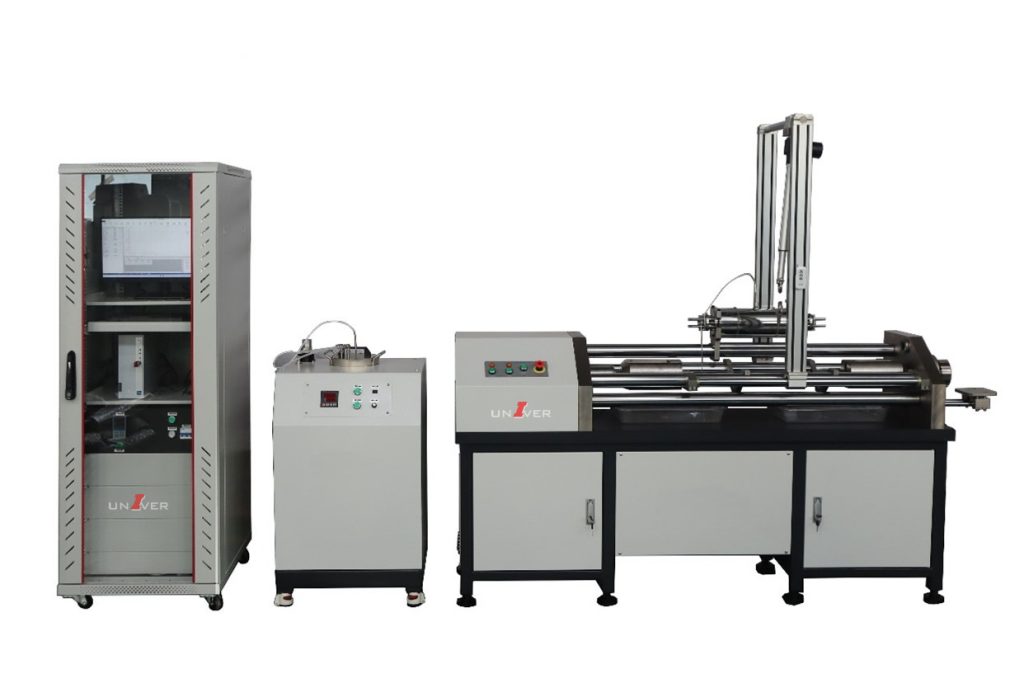PC Strand Tensile Stress Corrosion Testing Machine
Stress corrosion cracking (SCC) is the growth of crack formation in a corrosive environment. It can lead to unexpected sudden failure of normally ductile metals subjected to a tensile stress, especially at elevated temperature in the case of metals. SCC is highly chemically specific in that certain alloys are likely to undergo SCC only when exposed to a small number of chemical environments. The chemical environment that causes SCC for a given alloy is often one which is only mildly corrosive to the metal otherwise. Hence, metal parts with severe SCC can appear bright and shiny, while being filled with microscopic cracks. This factor makes it common for SCC to go undetected prior to failure. SCC often progresses rapidly, and is more common among alloys than pure metals. The specific environment is of crucial importance, and only very small concentrations of certain highly active chemicals are needed to produce catastrophic cracking, often leading to devastating and unexpected failure.
The stresses can be the result of the crevice loads due to stress concentration, or can be caused by the type of assembly or residual stresses from fabrication (e.g. cold working); the residual stresses can be relieved by annealing or other surface treatments.
UNIVER Stress corrosion testing machine adopts servo-controlled system which features fast response and outstanding long time dependability, it consists a high stiffness load frame, accurate force, time measuring system, highly seamed cell and precise heat-controlling system, the structure is as follows

Features:
Precision driving system
The servo-controlled motor is mounted on the top to drive the ball screw, this design to achieve the high precision loading as well as low noise, besides, this structure had been proved to be the most reliable working with almost zero maintenance.
Zero-leak design
The wire strand specimen is completely immersed inside the cell and the tensile force is applied through the actuator on the top of load frame, no fixture goes through the bottom of cell, this design solved the problem that the clearance between stranded wires where the liquid could easily go through, the whole test is done inside the cell.
Well considered heating system
- Two independent heating system for the pre-heating chamber and test cell
- Put the sample trough the cell via two holes, then seal the holes, mount the sample into grips.
- Connect the lower hose on test cell to pre-heating chamber where the thiocyanate will be heated to 50℃- 55℃, in the meantime, the test cell will also be heated to 50℃, connect the upper hose on the test cell to air outlet
- Apply specific load to sample, then open the valve on pre-heater to let thiocyanate flow to test cell, close the valve until the cell is completely filled









